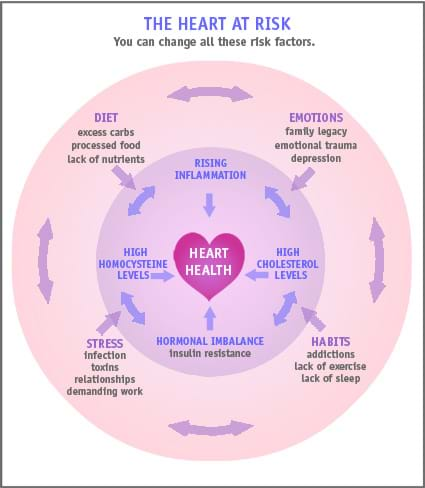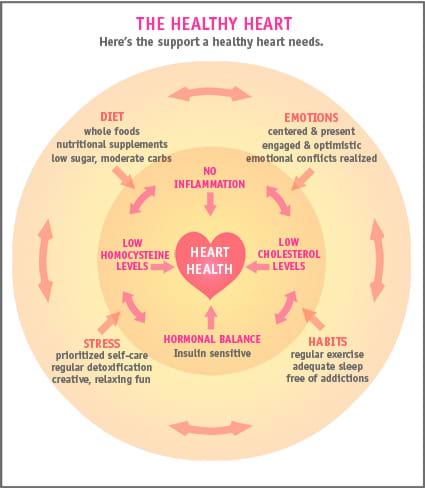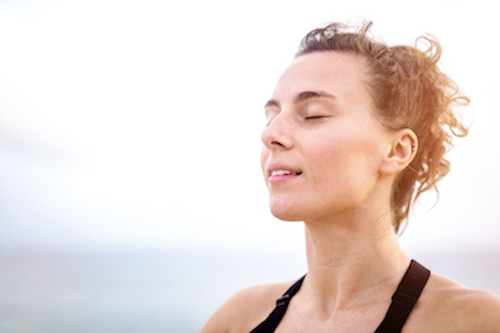Having high blood pressure can make you worry about overexerting yourself even when you’re doing yoga. But yoga and breathing techniques for relaxation are not off-limits if you have hypertension.
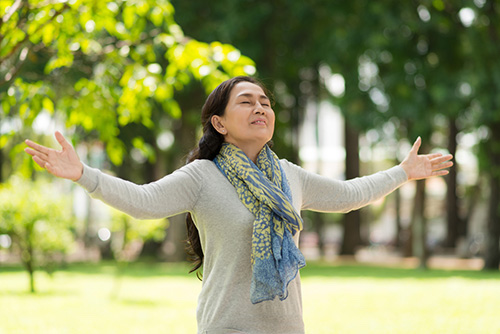
High blood pressure (HBP)is a serious health concern in the U.S. — almost 1 in 3 adults have it, including about 50% of women 55 and up. But you can still explore yoga breathing safely so you can enjoy the benefits, and maybe even reduce your blood pressure as a bonus.
When working with your breath, you want it to feel smooth, steady and well-paced.As you experiment with yoga breathing, stop and rest if it feels strained or uncomfortable.You can reset your breathing rhythm if you restart slowly and take your time as you work your way up toward being more consistent or having longer sessions.
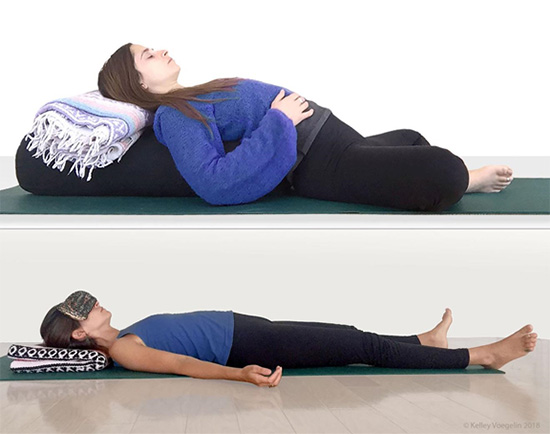
Setting up for safe yoga breath work
Being comfortable and at ease is essential to develop a good, sustainable breath work practice. You can choose a seated position on a meditation cushion or a chair,or a restorative posture where you are supported by a bolster and folded blankets.You can even do it lying down in Savasana or Corpse Pose if that feels right to you. Make sure that you feel stable, supported and comfortable above all.
These resting postures are good for stress reduction and perfectly appropriate for performing the breathing techniques.
Noticing your breath is the exact place to begin for this process. If you haven’t really done this before, it can seem strange at first. Just start off purposefully paying attention to your breath, without trying to change it. Take note of how it feels as the air travels in and out of your lungs over the course of several inhales and exhales.
The simple act of noticing your breath brings you out of your emotional experience and into presence with your body. The act of breathing is the most basic evidence that life moves through you. As soon as you bring awareness to breath, a shift occurs.If you notice it is short, shallow or choppy, you have the ability to slow, lengthen and calm it.
Whenever you practice any of the following step-by-step techniques, always begin by noticing of breath and how you feel.
1. Centering Breath
How to do it
1. Become aware of your breath. Take a normal cycle of breath through your nose.
2. Inhale — sip a long, deep and steady breath in through your nose. Allow the heart, ribs and belly to lift and spread with this inhalation.
3. Exhale — gently press the air out of your body with the steady, slow and deep rhythm. Your heart, ribs and belly will soften and contract inward.
4. Now take a few regular breath cycles — just your normal breathing.
5. Repeat this back and forth process about 5-10 times: regular breath, long breath cycle, regular breath.
6. Before moving on from your practice, give yourself time to normalize your breathing, notice how you feel, and acknowledge the effort you made to center yourself.
The benefits: This breathing technique draws you back to your center. It draws more oxygen into your lungs, invites calm and lowers blood pressure.
2. Lengthened Exhalation
How to do it
1. Again, begin with noticing your breath as it is in this moment. Take a few rounds of gentle and regular respiration to start.
2. Inhale — fill your belly, lungs and heart, noticing how many counts it takes to fully, and comfortably inhale. Is it 3? 4? 5?
3. Exhale — allow your heart, lungs and belly to soften. Make your exhale the same length as your inhale — Inhale to a count of 3(or 4 or 5 — whatever your comfortable count is) , exhale to a count of 3, 4 or5, etc. Practice this level, even breathing for a few rounds.
4. Now, it’s time to lengthen your exhales by two extra counts. So, if your inhalations were 3 counts, your exhales will now be 5 counts, or 4:6… and so on.
5. You can always take a few regular breaths to bookend these longer exhales without counting or lengthening. Keep it simple and sweet.Remember, never strain.
7. After 10 or so rounds, let go of the longer breaths and come back to a natural breath pattern.
8. When complete, don’t jump up and rush off. Acknowledge your efforts, then move slowly, taking the calmness you just cultivated with you as you move away from your practice.
The benefits: Lengthening the exhalation activates the calming effects of the parasympathetic nervous system, reducing stress, lowering blood pressure, and bringing the body and mind into a state of peace.

3. Bhramari Breath (Bee Breath)
1. Breathe in and out at your regular pace, paying attention to your current state of mind-body-breath.
2. Close your eyes. Cover your ears with your hands to block outside sounds. Or gently place your index fingers or thumbs on the cartilage of the inner ear (see images above.) But please don’t stick your fingers inside your ears.
3. Breathe in slowly and deeply.
4. As you breathe out, make a humming sound that should last the entire length of the exhalation. It will sound like a honey bee vibrating inside your body. Experiment with the pitch of your “hum”— high, medium,low.
5. Practice about 5 or 6 rounds of breath this way.Then release your hands and sit as the resonance of the sound and vibration within your body disperses.
6. Take a few moments of gentle respiration before moving on from your practice.
The benefits: Bee breath drowns out the din of both external and internal distractions — distractions that fan the fires of stress,suffering and anxiety. When these distractions are quelled, even for a few moments,we can feel clear and calm, while hypertension is reduced.
Take your breath work practice anywhere
You don’t have to be in a yoga studio to embrace these beneficial practices. In those moments throughout the day when you feel stressed, heated, anxious or rushed,simply pause and breath for a minute or more.
With your breath, you have the power to center yourself anywhere — at work, waiting in line, at the stop light, before a difficult conversation, as you prepare for bed. The more you are able to incorporate these practices into your daily life,the more effects it will have on lowering your blood pressure.
Pretty powerful benefits for something you’ve been doing all this time without thinking about it!
 |
What yoga is best to lower high blood pressure? |








